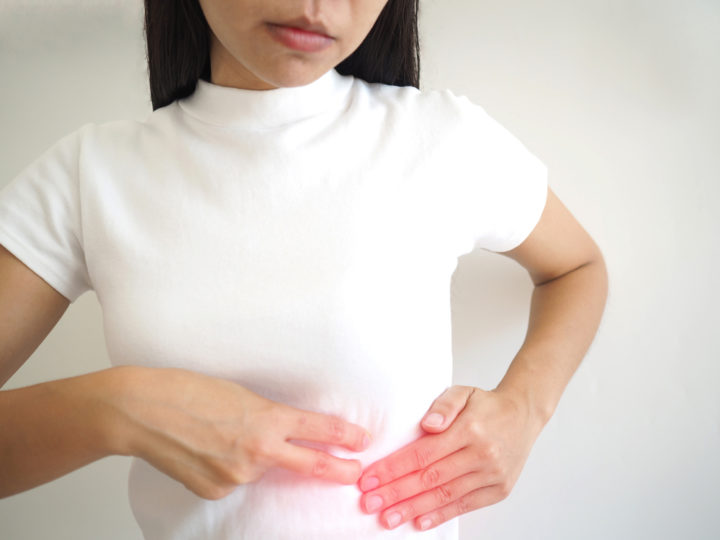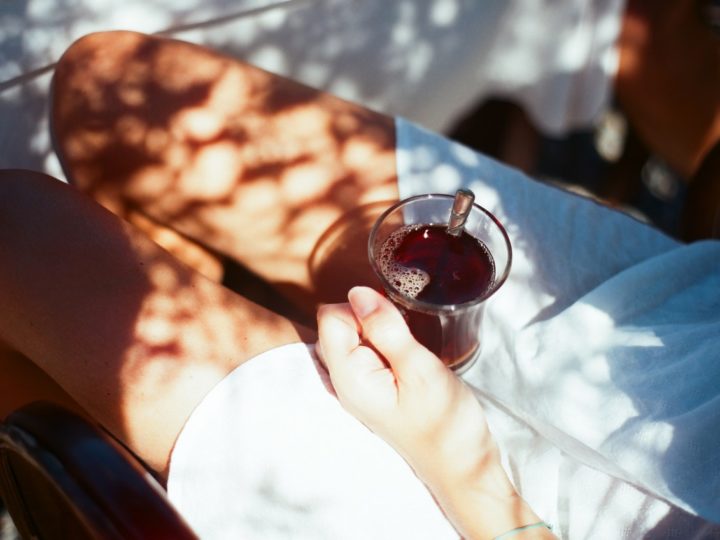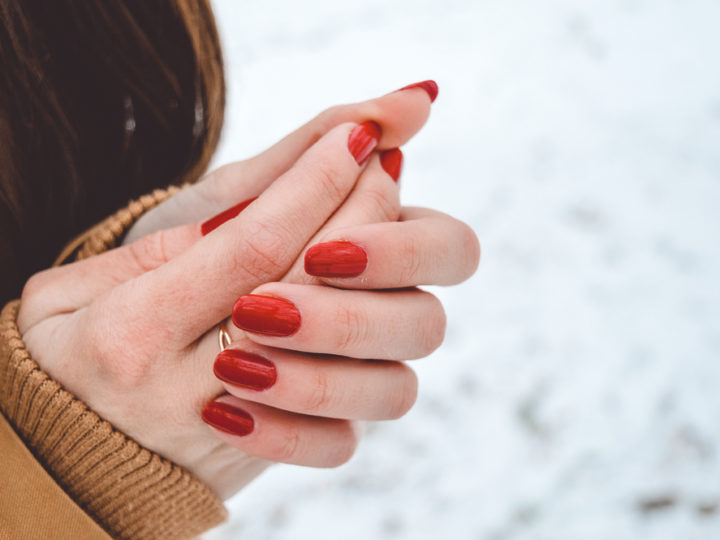3 SIMPLE TCM TIPS FOR DEALING WITH A PANIC ATTACK
Adaptogens, Acupressure & More Natural Ways To Cope

Your heart is pounding. You feel dizzy and the world seems to be shifting out of focus. Your fingers tingle and you start to sweat. Even though you’re not working out, you feel like you’re gasping for air. There’s a sense of panic or doom that you can’t explain. You’re having a panic attack.
Whether you have an anxiety disorder or not, panic attacks can happen to anyone. They tend to be quick (they’re generally over in 10 minutes or so), and aren’t always triggered by a specific event. Some people think they’re having a heart attack, but in reality there’s no danger of dying from a panic attack. Of course, that doesn’t mean that it doesn’t feel like it!
Panic attacks, for lack of a better word, suck. But luckily, there are tried-and-true methods for dealing with them. Here are a few tips from Traditional Chinese Medicine (TCM) that can help prevent panic attacks and stop them when they happen.
3 TCM Tricks For Panic Attacks
Prevent Panic Attacks With Herbs and Adaptogens
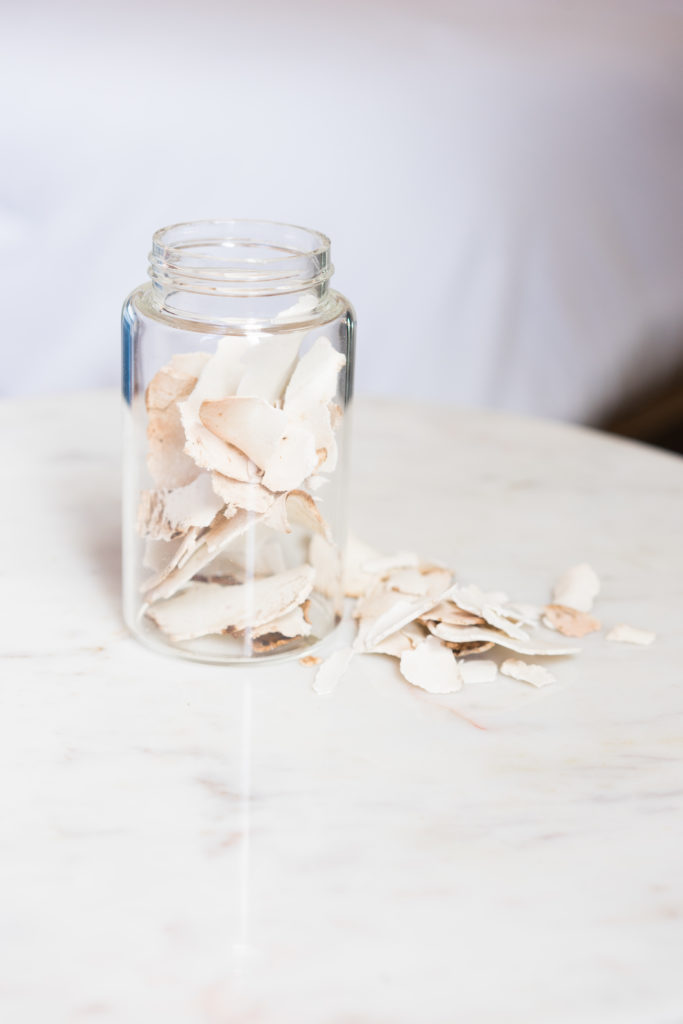 Did you know that you don’t need a prescription to help with anxiety? Whether you have an anxiety disorder or you’ve just been under a lot of stress lately, it might be a good idea to add some herbs like adaptogens to your daily routine. By managing your stress with adaptogens and other natural herbs, you can reduce the likelihood that you’ll reach your breaking point and have a panic attack. Here are some of TCM’s most effective herbal remedies for relieving stress:
Did you know that you don’t need a prescription to help with anxiety? Whether you have an anxiety disorder or you’ve just been under a lot of stress lately, it might be a good idea to add some herbs like adaptogens to your daily routine. By managing your stress with adaptogens and other natural herbs, you can reduce the likelihood that you’ll reach your breaking point and have a panic attack. Here are some of TCM’s most effective herbal remedies for relieving stress:
- Banxia Houpu: Banxia Houpu isn’t a kind of plant. It’s actually a combination of a few other herbs that TCM practitioners use to help lower stress and deal with anxiety. It’s made up of Banxia (Pinellia ternata), Poria, Magnolia, Beefsteak plant (Perilla frutescens), and ginger. Researchers have found that this combo is really effective at helping reduce stress due to dampness or phlegm. In fact, in one study, it worked just as well as Prozac! So if you’re struggling with stress and anxiety, it might be a good idea to talk to a TCM practitioner about Banxia Houpu.
- Jaogulan: Jaogulan, also called sweet tea vine, is sometimes called “the new ginseng” because it offers many of the same benefits as ginseng. Used in TCM since the Ming dynasty, Joagulan is an adaptogen that was found to reduce stress and anxiety in mice.
- Gotu Kola: In TCM, Gotu Kola’s nickname is the “herb of longevity.” It’s been used for centuries as a natural way to treat anxiety. Studies show that it has strong anxiety-reducing effects that can compare with prescription meds.
If you’re interested in a natural solution but you’re feeling unsure of which is right for you, schedule a virtual consultation with one of our Eastern medicine experts who can help address your concerns and goals.
Breathe Deep
 When you’re having a panic attack, you probably end up gasping for air because you feel like you can’t breathe. Sometimes it feels like you’re underwater and can’t get enough air in your lungs.
When you’re having a panic attack, you probably end up gasping for air because you feel like you can’t breathe. Sometimes it feels like you’re underwater and can’t get enough air in your lungs.
But short, quick breaths actually can make your panic attack last longer or feel worse. When we gasp for air like this, it tells our bodies that something is wrong. That kicks our stress into overdrive and only makes matters worse.
So when you notice yourself starting to take quick, shallow breaths, try focusing on breathing slowly and deeply instead–like how you would if you were meditating. Box breathing is a technique where you breathe in for four counts, hold the breath in your lungs for four counts, and then release it for four counts. This method, taught to Navy SEALS to keep them calm in high-stress situations, can also help you make it through a panic attack.
Breathe: Inhale for 5 seconds, hold breath for 5 seconds, and exhale for 5 seconds.
Press The Point
Acupressure, or Tui Na, is the practice of applying pressure to certain points on your body to stimulate natural healing mechanisms. Depending on the acupressure point you target, you can relax your muscles and calm your mind. Just press on or massage the point for a minute with medium pressure and you should notice some relief. Here are good ones to try: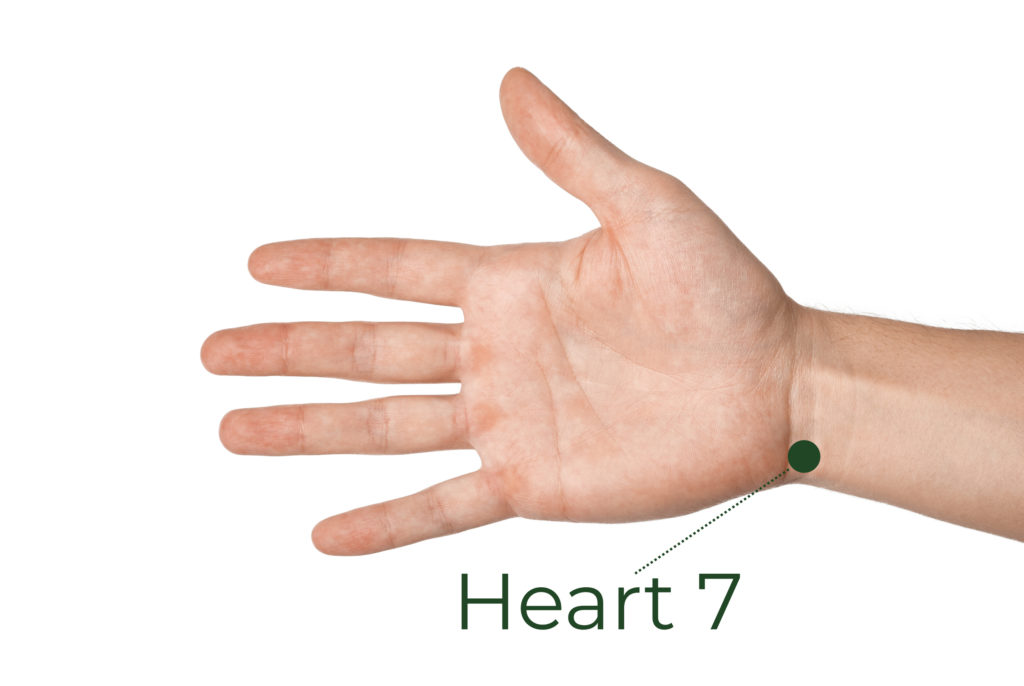
- Heart 7: If your panic attack is fear-based, this is a great point to target. You can find this spot on the inside of your wrist where the skin creases, about half an inch in from the inner side. Pressing and massaging this point can help relax your racing heart and deal with nausea.
- L-3: Between the tendons of your big toe and second toe there’s an acupressure point called L-3 or the “Great Surge.” About an inch in from your toes on the top of your feet, this point can help you relieve feelings of stress and anxiety. If you can’t reach your foot with your hands because you’re in public or at work, you can always use your other foot to massage the point without making it too obvious.
- Kidney 27: If you follow your clavicle to an inch from the lowest point and place your finger underneath the ridge, you’ll find the kidney 27 point. Press this point on both sides of your clavicle to help relax the muscles in your chest and open up your lungs so you can breathe a little easier.
- Yin Tang: This spot is sometimes called your third eye because it’s right in the middle of your eyebrows. If you knead or press this point, you can relax your facial muscles and calm yourself down to help reduce anxiety and alleviate a panic attack.
Whether it’s your first one or your hundredth, panic attacks are awful. But hopefully by using these 3 easy tips from TCM you’ll be able to avoid and alleviate these stressful situations.
Newer
Do You Have One Of These Common Hormone Imbalances? Here’s How To Treat It Naturally
Older
3 Cool Herbs For Summer And Delish Recipes To Make With Them
Comments (0)
Leave a reply
You must be logged in to post a comment.

